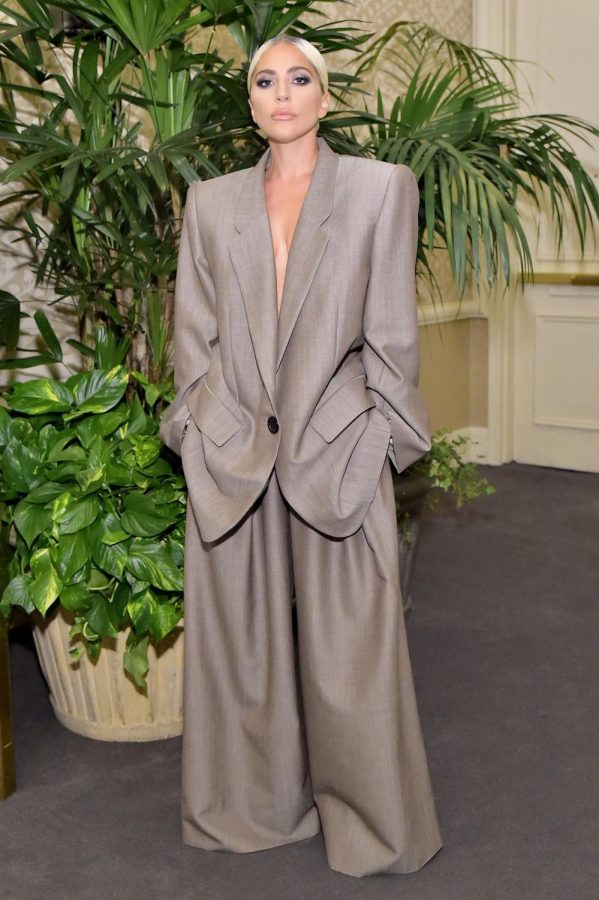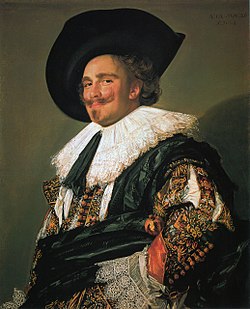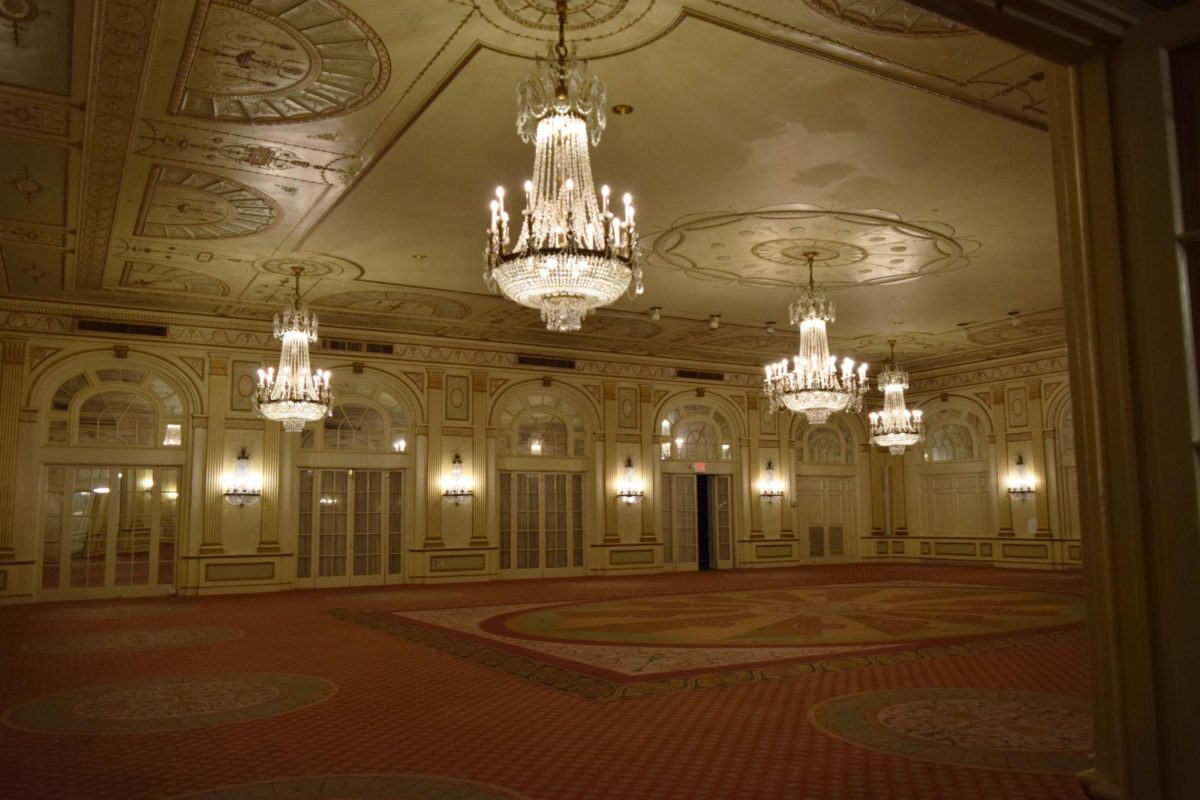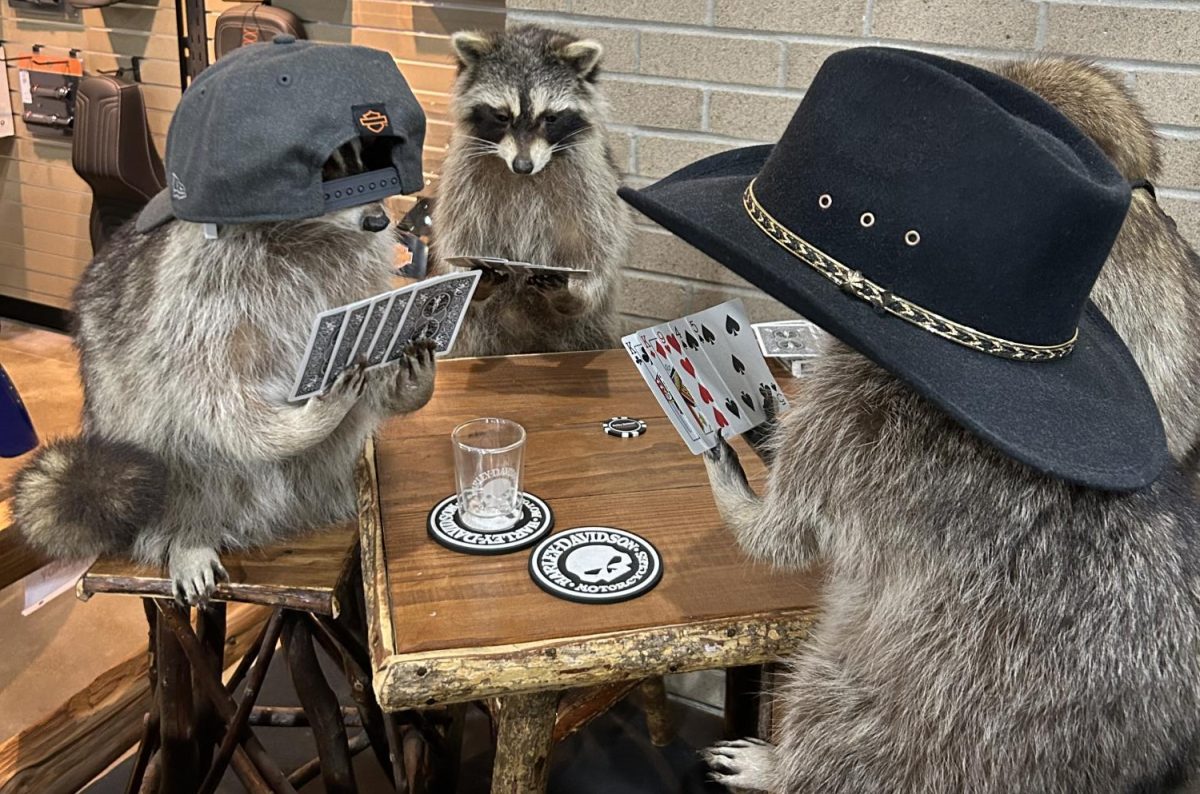Women in Suits & Men Wearing Pink
December 16, 2018

The lives of unborn children are decided before their first breath. From the moment of the gender reveal, a seemingly harmless color determines the expectations others have for the child. Inherent notions of gender shape not only the clothes we dress children in, but our every interaction and expectation of them from then on. Throughout our life, style is a reflection of gender identity, founded by an upbringing provided by family and cultivated by society.
Our behavior towards children is, in part, determined by their clothes and the colors they wear. Color is not just a shade; it is “a cue that affects how people interact with a child” (Stone). Upon seeing a little girl in pink, a lifetime of social grooming causes us to gift young girls with baby dolls (so we may train the future generation of mothers, but not fathers) and ponies and barbies and really anything that sparkles, training females to value aesthetic. Meanwhile, the blue-clad little boys are given dinosaurs and trucks (because destruction is fun, until we clean up this messy lesson as adults) and building sets (when’s the last time you saw a female construction worker in the thick of the action?) and really anything that doesn’t sparkle— so why should their clothes? Should a child express untraditional interests for their gender, such automatic expectations of others, whether blatant or subliminal, elicits suppression of true identity in a child, and oftentimes, depression. Expectations of fashion and gender are learned from an early age.
Furthermore, though pink now coincides with sugar, spice, and everything nice, it was once a sign of power. In the early 20th century, pink was often worn by men to showcase an assertive aura, while blue was dainty, delicate, and donned by ladies (Gender, Dress, and Fashion). The code of color has changed, but the gender stereotypes have not.
In contrast to outdated perceptions of gender, individuals today lean into common perceptions of gender as means of empowerment. With the right pair of heels, a woman rises above anything that comes in her way— forget those who will think less of her because she is ‘pretty.’ She also has the privilege of expressing herself through makeup without the controversy a man faces in choosing to do the same. Conversely, males may put on a power suit to conquer professional endeavors, while a woman in a similar ensemble may pay the price in job security.
Senior and fellow Co-Editor Lauren Kim describes a discussion in her Communications class during the process of mock interviews: “CEOs are most often older white men, and when you interview, if you [as a woman] wear a suit, rather than a pencil skirt and nice close-toed heels, you’re less likely to be hired.” Even several decades after the popularization of women’s pant suits in the 1980s, to stray from traditional femininity is to risk one’s future at the hands of an often conventional employer. Thus, women are excluded from the fierce power that a pant suit has on the career-driven psyche.
However, the power suit is not women’s first adoption of men’s clothing. As early as 1770, Marie Antoinette coupled breeches with riding astride a horse (gasp!), to convey political strength. Women’s rights advocates of the 1800s followed her example by wearing Turkish Trousers, known as “freedom dress” in this era. A century later, female movie stars of the early 1900s made menswear fashionable for women (Waller). Chanel introduced the first female variation on suits in 1914, and the first pant suit introduced by Marcel Rochas in 1932, adapting throughout the 20th century to be donned by career driven women from the 70’s and beyond, on key with the expanding body of women in the workforce (Komar). According to historian Katy Werlin, “women have been wearing menswear since the invention of a gendered society;” since the days of hunting and gathering, women have felt the need to dress like men to acquire power (Waller).
The overarching trend of women taking on men’s fashion is a desire to assume the dominance that it exudes from our societal lense, making masculinity the placeholder both in language and in fashion (Wylie). Conversely, feminine fashion stresses sexuality over functionality— I mean, seriously, where are the real pockets on women’s jeans? Why is it more important for women be beautiful, even if it causes discomfort or a hindrance to their job? Well, beauty is pain. Females tweeze, wax, sinch their waists, and blind themselves with false lashes and false versions of themselves, and for what? To be taken seriously? No, because history tells us that femininity is weakness. So, women must wear menswear? No, that upsets the conventional employers and contributes to the notion that femininity is lesser. What do women wear, then?
Our society so concerned with the appearances based on gender that we limit others based on our outdated expectations, providing only dead ends to those brave enough to venture outside the delineations of their given sex.
We should utilize fashion as a means to push each other forward instead of each other back. We can only succeed once we see people before we see gender. We must define our personal beauty for ourselves, have the strength to value this definition over others’, and refrain from rewriting theirs.
After all, what seems absurd to you today may be the norm of the future; so, before you laugh at a daring fashion choice, remember that this guy would probably be laughing at the clothes you’re wearing.
Works Cited:
https://www.dazeddigital.com/fashion/article/40206/1/what-fashion-needs-to-understand-about-being-gender-neutral (Jaimie Wylie)
https://www.bustle.com/articles/139666-a-brief-history-of-women-in-menswear-proves-androgyny-isnt-just-a-new-trend-photos (Phoebe Waller)
Stone, G. “Appearance and the Self.” In Human Behavior and Social Processes: An Interactionist Approach. Edited by A. Rose. New York: Houghton Mifflin, 1962.
“Gender, Dress, and Fashion.” Encyclopedia of Clothing and Fashion. . Encyclopedia.com. 5 Dec. 2018 <https://www.encyclopedia.com>.
Cahill, S. E. “Fashioning Males and Females: Appearance Management and the Social Reproduction of Sex.” Symbolic Interaction 12 (1989).
https://www.bustle.com/articles/152069-the-evolution-of-the-female-power-suit-what-it-means-photos (Komar)















